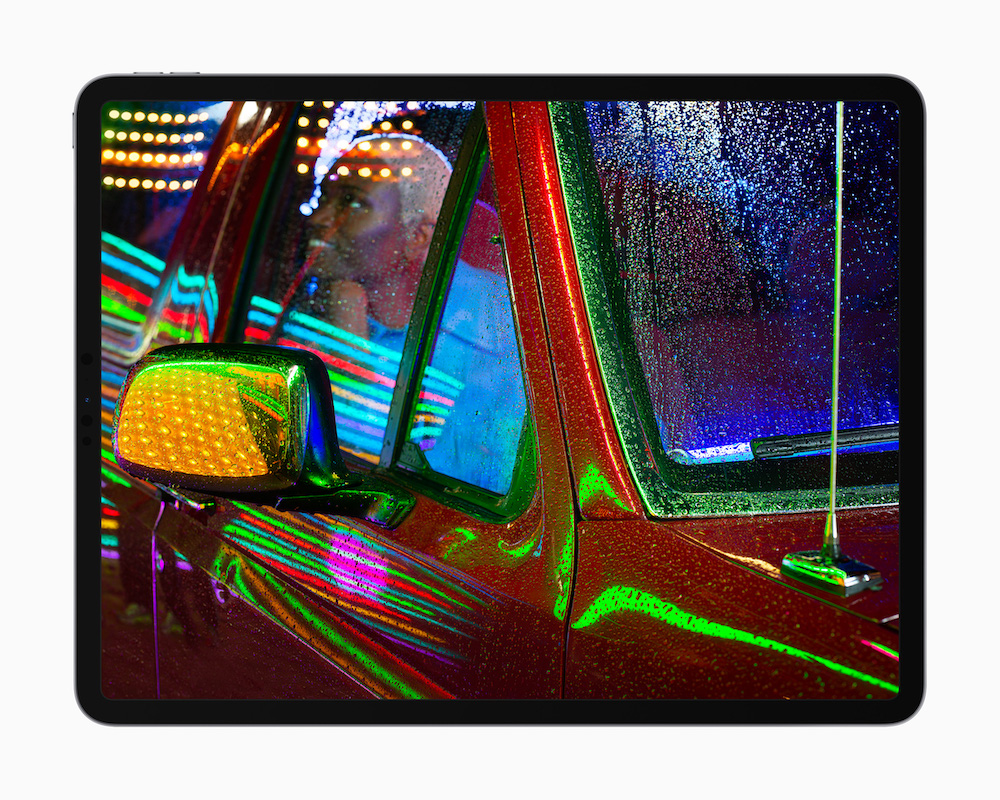Why you’ll want mini-LED displays in iPads and future Macs

mini LED helps Apple deliver 1,000+ nits of full-screen brightness and a million to one contrast ration on the new iPad Pro. Now on the way to the Mac.
We expect Apple will put mini-LED screens inside MacBooks this year, following the introduction of such displays in the new iPad Pro. So, what is it? What difference does it make? And why do you want it in Macs and iPads?
What is mini-LED?
If you use a flatscreen TV you may already use mini-LED. The technology reduces the size of the LED modules used to backlight the LCD screen, which is what makes the picture visible.
OLED is superior to LED as the lighting is built into the pixels, which generally makes for more consistent color – but mini-LED helps challenge that at a lower cost. That’s because mini-LED is a more efficient tech to backlight LCD displays that is more accurate, provides better brightness, and provides better contrast.
What makes up a mini-LED display?
A typical mini-LED screen consists of three layers: A mini-LED backlight with little tiny diodes of light, a layer of quantum dots and an LCD panel. Because the diodes are ‘mini’ (c.0.2mm) you can pack more of them into each inch of display space which makes them more color accurate, brighter and capable of better contrast.
What about OLED?
OLED displays already provide excellent on-screen visuals, but limitations include screen burn, in which ghost images can burn themselves onto the screen, and degradation in performance over time. Apple uses OLED in its iPhones, but these displays seem to be too expensive for use in Macs.
What does this mean in use?
You don’t have to look too far to find out how this improves the viewing experience. The all-new 12.9-inch iPad uses what Apple calls a Liquid Retina XDR Display, which is a mini-LED display with over 10,000 LEDs, each on less than .2mm (2 microns). That makes for superb image quality with up to 1000 nits of full-screen brightness, 1600 nits of peak brightness, and a phenomenal 1 million-to-1 contrast ratio to enhance creative workflows. All this in a device just 6.4mm thin.

Better displays will deliver real benefits
The benefits of mini-LED
- High contrast
- Much better and higher brightness – 30x OLED brightness
- Deeper blacks
- Highly power efficient for excellent battery life
- Less burn in than OLED
- Displays don’t degrade over time
What this means in Macs and iPads
Ultimately the move to mini-LED in Apple’s devices means much higher on-screen accuracy, reduced eye strain, and a longer lasting display than OLED that is also more power efficient.
Expect much deeper blacks, richer colors and much better contrast.
The company’s constant quest to make thinner devices will also benefit as the technology enables development of thinner and lighter product designs. In other words, Apple’s notebooks and tablets could be thinner, lighter, deliver at least as much use on a single charge, and much more accurate than they already are.
What Apple says
We know what Apple likes about mini-LED. In its iPad Pro press release it said the result of the tech is: “…a stunning visual experience that reflects what can be seen in the real world by capturing the brightest highlights and the most subtle details in even the darkest images.”
Of course, Apple reinforces its deployment with its range of supporting imaging technologies including ProMotion, True Tone, and P3 wide color support, together these make for “an unmatched mobile cinematic viewing experience for HDR and Dolby Vision content.”
Which products are expected to get mini-LED?
According to MacRumors, Apple analyst Ming-Chi Kuo says the following products will get mini-LED displays over the next 12-24 months, with the first MacBook Pros to sport the tech expected this fall. 16” MacBook Pro, 14.1-inch MacBook Pro, low cost iPads and iPad mini.
What next?
Technology always has a new acronym waiting for you. No sooner will we all become accustomed to mini-LED than we will begin learning more about micro-LED, which is superior to both mini- and OLED and sees each pixel directly emit its own light.
Please follow me on Twitter, or join me in the AppleHolic’s bar & grill and Apple Discussions groups on MeWe.




